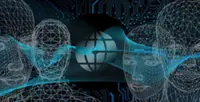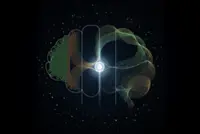American researchers are working on giving artificial intelligence the same capacity for imagination as humans. — AFP Relaxnews
In recent years, artificial intelligence has managed to make its way into the arts world. So much so that some people already envision it emulating real-world artists, in creating autonomously. But AI seems to lack an essential quality: imagination. Now, American researchers are trying to remedy the situation.
While machines outperform man in many fields, they lag behind when it comes to being creative. Or it takes a lot of training. The French collective Obvious, for example, previously “fed” an algorithm with more than 15,000 portraits dating from the Middle Ages to the 20th century to enable the program to create a portrait titled Edmond de Bellamy. And this long-term effort paid off, it seems, as the painting sold for US$432,500 (RM1.82mil) at Christie’s, 45 times its estimated price.
Already a subscriber? Log in
Save 30% OFF The Star Digital Access
Cancel anytime. Ad-free. Unlimited access with perks.





